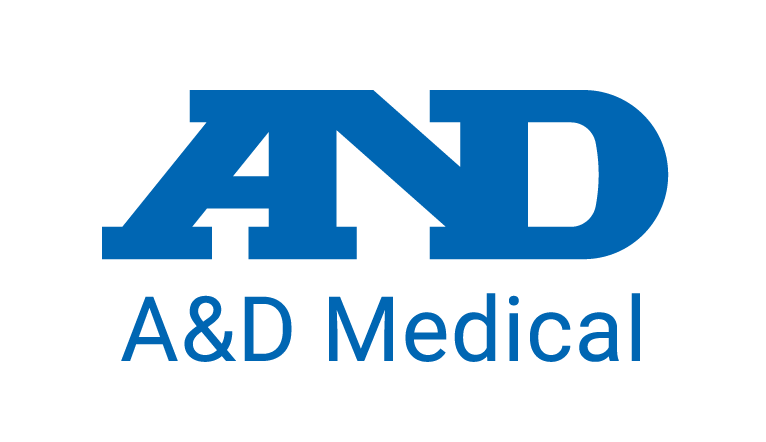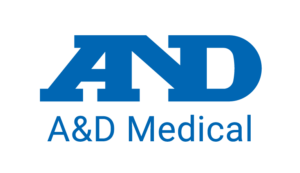May Measurement Month: It’s a Global Thing
Volume I, Issue V
In our previous post about Women and High Blood Pressure, we discussed two important blood pressure initiatives this month: May Measurement Month and World Hypertension Day (May 17) – both initiatives from the World Hypertension League (WHL).
The American Heart Association (AHA) is teaming up with the WHL to support its May Measurement Month campaign, with the goal of logging 3 million blood pressure checks this month. We are encouraging you to #CheckIt, and then log your results on the AHA website.
“Raised blood pressure is the biggest single contributing risk factor for global death, and May Measurement Month is laying a strong foundation for significantly increasing public understanding,” said Neil Poulter, the president of the International Society of Hypertension (ISH). “Throughout the month of May last year, screening sites were set up in a vast array of venues around the world – from tents to town halls, from remote villages to the heart of some of our biggest cities. The goal was to screen as many people as possible worldwide.”
The AHA reports that many people with high blood pressure don’t even know they have it – especially with the recent change to high blood pressure guidelines. This year, they want to reach more people under the age of 45 since the guidelines have tripled the number of men and doubled the number of women with high blood pressure in the millennial/Gen-X age group.
#CHECKIT & KNOW YOUR READINGS
Know your blood pressure and want to know more about what is recommended for someone with your reading? Check this list from the AHA:
- Normal blood pressure: Being in the optimal range of less than 120/80 mm Hg means you should keep up the good work and stick with heart-healthy habits like following a balanced diet and getting regular exercise.
- Elevated: When readings are consistently ranging from 120-129 systolic and less than 80 mm Hg diastolic, blood pressure is considered elevated. People with elevated blood pressure are likely to develop high blood pressure unless steps are taken to control it.
- Hypertension Stage 1: When blood pressure is consistently ranging from 130-139 systolic or 80-89 mm Hg diastolic, doctors are likely to prescribe lifestyle changes and may consider adding blood pressure medication based on your risk of atherosclerotic cardiovascular disease (ASCVD) such as heart attack or stroke. You can learn more about your risk by using the Check. Change. Control. Calculator™.
- Hypertension Stage 2: When blood pressure is consistently ranging at levels of 140/90 mm Hg or higher, doctors are likely to prescribe a combination of blood pressure medications along with lifestyle changes.
We hope you’ll join with us this month to #CheckIt. And if you follow us on Facebook, we’ll be posting more about this campaign all month – tune in there for additional resources!


